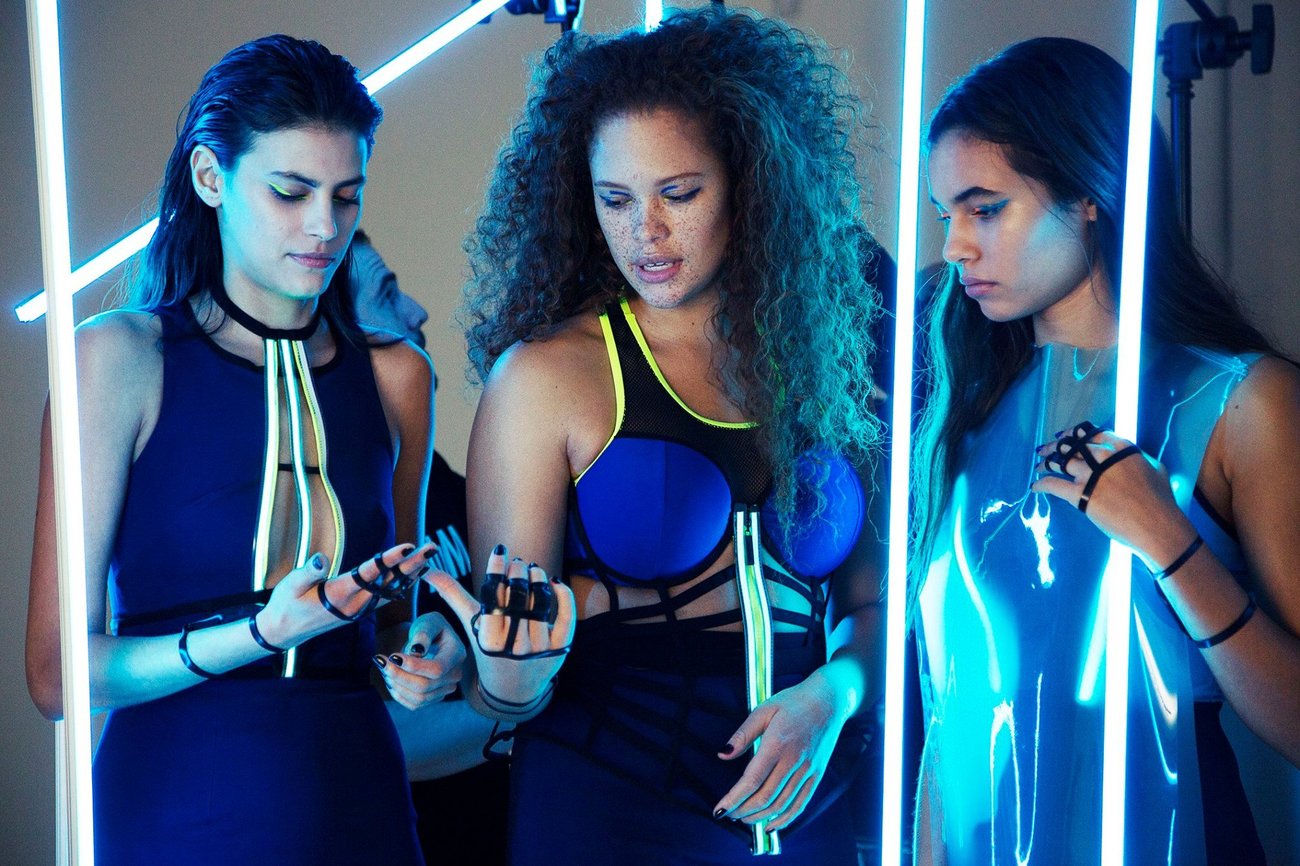
Unless one has been living under a literal rock – or on a deserted island somewhere deep in the Southern Indian Ocean or off the coast of Coronation Island – then hearing about the growth of the wearable tech industry isn’t exactly new news. Likewise, those who follow the industry have probably heard of StretchSense, the Auckland-based company that’s changing how people interact with technology.
Now, fresh off securing Series A funding from Japanese corporation StartToday (which owns ZOZOTOWN, Japan’s largest online retailer of apparel and accessories), StretchSense wants to expand yet again. In short, it wants to take over the world. Or, at least, the wearable tech world.
StretchSense chief and Fronde Hi-Tech Young Achiever winner Ben O’Brien will be among the featured speakers at the Canterbury Tech Summit in Christchurch in September. The event, which will bring together more than 550 people from across New Zealand and across a variety of sectors, is being billed as a way to prepare for the “Fourth Industrial Revolution.”
“AI is going to be everywhere,” explains O’Brien. “And this is driving what’s known as the Fourth Industrial Revolution. Sensors are the how we interact with technology. It’s going to become almost biological [in the future].”
Ok, so that’s some pretty grandiose, transhumanist thinking. But O’Brien says wearable tech is moving from a “novelty” purpose to a practical – and, increasingly, a necessary – one that already is changing the way we do things.
“Sensors will accelerate the effectiveness and adoption of computer systems that need a way to interact with the real world,” he explains. “Augmented reality is at the cusp of breaking out into daily life and sensors are a critical piece of the puzzle. Data input gloves is a cool example. Once you have augmented reality glasses strapped to your face it makes a lot of sense to use your hands to interact with the virtual world. It makes even more sense if you are already wearing gloves so there are applications for activities like snowboarding, firefighting and even food processing.”
Think about that for a moment: firefighters with computers built into their facemasks while they save your life. It could be critical, though, with the sensors able to detect things like carbon monoxide levels and gauge heat, all while also allowing hands-free communication with other emergency responders. Part of that is actually already a reality, as it was announced this week that a new partnership between Motorola Solutions and Spark will see a remote speaker microphone integrated into the breathing apparatus of every single one of the more than 10,000 New Zealand Fire Service full-time and volunteer firefighters.
But O’Brien says there’s a lot more uses for sensor tech than just that. “There are also exciting ways sensors can be applied to sports science,” he says. “I love the idea of tracking a knee after injury with a smart knee brace. It would let you know if you were pushing too hard or not hard enough and help sensibly manage recovery.”
The practical potential for the market means it’s an exciting time to get involved, O’Brien believes. But like anything, coming up with the best technology in the world isn’t always the easiest in what can be an incredibly capital-intensive industry. “With the best technology in the world and a team that can really deliver, you get a reputation for getting the job done,” he says. “With a strong brand you attract interesting and sophisticated customers. These customers bring you challenging projects that in turn drive developments in your technology and the process repeats. The challenge is that it is capital intensive so you need to raise money to fuel the growth.”
Capital flows have helped StretchSense – a spinout from the Auckland Bioengineering Institute’s Biomimetics Lab founded in 2012 that in the past has raised funds from the Flying Kiwi Angels and the New Zealand Venture Investment Fund – see substantial growth in the last year. O’Brien says that thanks to demand in the market, the company is now expanding its sales efforts internationally with offices in Asia, Europe and the US, with the first office set to open in America. It now has more than 200 “significant” clients in 28 countries – more than double the 80 clients in 15 countries it has in January 2015.
The commercial viability of wearable tech is a market that StretchSense seems to have effectively made inroads to, even if a significant proportion of its clients are large companies with market capital of more than $1 billion each. O’Brien says that’s because those companies recognize the direction technology is heading, though a company of any size can get onboard. In fact, he believes that entrepreneurs – more than people in any other job – will be best-prepared for coming changes, because of their ability to adapt and change their thinking and approach.

StretchSense chief Ben O’Brien.
Commercial viability is also a theme Sir Ray Avery will discuss at the Canterbury Tech Summit, while also talking about the rules of innovation. The New Zealander of the Year winner – a successful scientist, inventor, entrepreneur, philanthropist and start up investor – will also explain how to develop scalable businesses and how to future-proof an organisation.
Despite his belief that we could one day be eating 3D-printed burgers while wearing gloves that can send messages to loved ones or hold conversations while “appearing” as a hologram directly in front of someone’s field of perception, O’Brien sums up the direction things are going in as the Fourth Industrial Revolution kicks off in fairly understated terms. “It’s an exciting time.”




